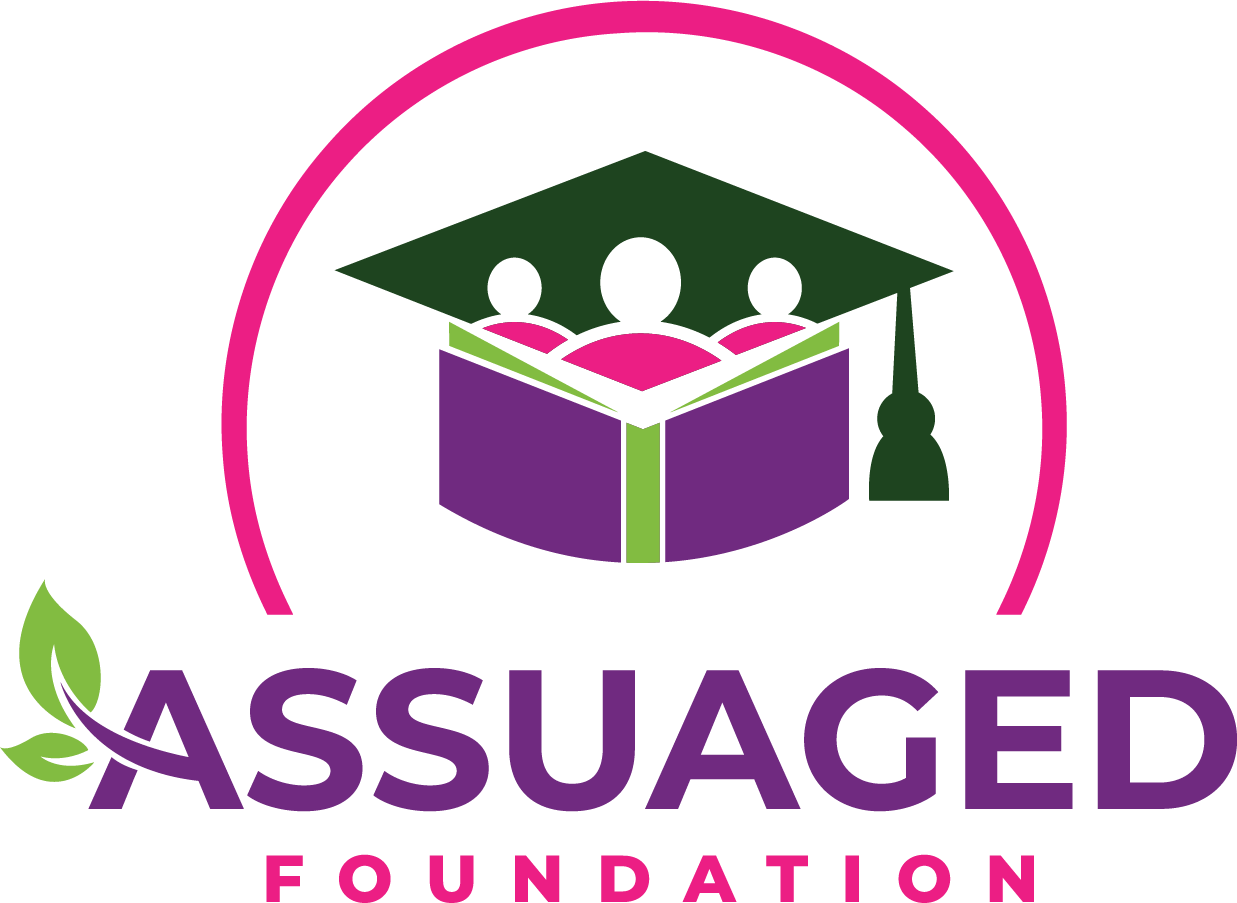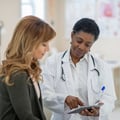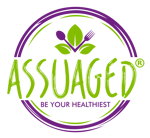Awareness, prevention, and support for breast cancer are crucial for detecting the disease early and achieving better health outcomes. Preventing cancer can involve making healthy lifestyle changes and participating in regular cancer screenings.
Awareness means understanding the risk factors associated with breast cancer and knowing what resources are available locally and online. Making certain lifestyle changes can significantly reduce the risk of developing breast cancer. These include avoiding smoking, staying physically active, considering breastfeeding, limiting alcohol consumption and hormone therapy after menopause, and maintaining a healthy weight. One of the most effective tools in your prevention efforts is a nutritious diet.
Early detection is key, which includes being aware of potential breast cancer symptoms, recognizing if there is a family history of the disease, and scheduling regular mammograms.
What Is The Biggest Indicator Of Cancer?
No single side effect should be seen as the definitive indicator of cancer. However, a combination of certain symptoms can be more telling, especially if they have persisted over a long period or worsened over time. These symptoms include changes in bowel movements or skin, fatigue, pain, the appearance of new lumps or swelling, and unexplained weight loss.
Significant or unexplained weight loss can be a common sign of cancer, particularly for cancers of the esophagus, lungs, pancreas, or stomach. Additionally, growing or persistent lumps or swellings anywhere on the body can also indicate the development of cancer. Blood in the stool or urine, as well as frequent constipation or diarrhea, may serve as warning signs.
By informing your healthcare provider about these symptoms when they occur, you are taking a proactive step towards early detection and treatment.
What Does Stage 1 Breast Cancer Feel Like?
In the early stages of stage 1 breast cancer, an individual may notice a lump or swelling in the breast or armpit that was not present before. Other changes in the skin that may occur with stage 1 breast cancer include visible alterations in the breast or nipple, as well as changes in their size. Specific skin changes can manifest as dimpling or puckering (like the texture of an orange), flakiness, redness, or scaliness on the breast or around the nipple.
Nipple changes can also happen, including the nipple sinking inward or appearing inverted, as well as unusual discharges, particularly if they are bloody or clear. Additionally, swollen lymph nodes may be present during stage 1 breast cancer, especially around the collarbone or in the armpit. It’s important to note that some individuals may not exhibit any symptoms during this stage.
What Is The Life Expectancy Of A Person With Breast Cancer?
The 5-year relative survival rate for breast cancer is 91 percent, meaning that 91 out of 100 people survive at least five years after their initial diagnosis. However, this rate can vary depending on the stage of cancer at the time of diagnosis.
For those diagnosed with early-stage breast cancer, the 5-year relative survival rate increases to 99 percent. In cases of regional breast cancer, this rate decreases to 86 percent. Unfortunately, stage 4 breast cancer has the lowest 5-year relative survival rate, at just 32 percent.
Looking ahead, the 10-year relative survival rate for breast cancer is 84 percent, and by the 15-year mark, it slightly decreases to 80 percent. Additionally, several individual factors can influence a person's life expectancy after a breast cancer diagnosis. These factors include age, response to treatment, and overall health and well-being.

What Is The Deadliest Stage Of Breast Cancer?
Stage four breast cancer, also known as metastatic breast cancer, is considered the most advanced and deadly stage of the disease. At this point, the cancer has spread beyond the breast to the lymph nodes and other parts of the body, such as the bones, brain, liver, and lungs. This stage is associated with a higher mortality rate, and survival rates have significantly decreased. However, it's important to note that stage four breast cancer can present differently for everyone. The aggressiveness and overall characteristics of each case can vary, meaning that there is still hope, as some individuals may survive longer than others.
How Can We Raise The Awareness Of Breast Cancer?
Raising awareness about breast cancer is not just an individual effort; it requires community involvement. Start by educating yourself about the disease and scheduling regular breast cancer screenings. Consider volunteering for awareness campaigns or fundraising events or donating to breast cancer research. By learning more about breast cancer, you'll understand the signs and symptoms, risk factors, and the best treatment options. Additionally, mastering how to conduct breast self-exams can be crucial in detecting a potential cancerous tumor early, allowing you to contribute to a greater cause.
How Can We Prevent Cancer?
While it is impossible to eliminate the risk of developing breast cancer, certain steps can be taken to reduce the likelihood. These steps include adopting a healthy lifestyle, maintaining an ideal weight, increasing physical activity in daily routines, limiting alcohol consumption, and prioritizing breastfeeding for infants.
A recommended exercise regimen to help lower the risk of breast cancer is to engage in 150 minutes of moderate-intensity aerobic activity or 75 minutes of vigorous-intensity aerobic activity each week. In terms of diet, focusing on fruits, vegetables, and whole grains, while minimizing the intake of added sugars, processed foods, and saturated fats, can also help reduce the risk of developing breast cancer.
What Support Is Available For Breast Cancer Patients?
There is a wide array of resources available that can be of great assistance to those with breast cancer, including emotional support groups, childcare options, and accessible transportation to treatment appointments. Some of the best organizations to start with for those who are feeling overwhelmed are the American Cancer Society, CancerCare, and Susan G. Komen.

References
Cancer Research UK. (2022, November 17). Signs and symptoms of cancer. Cancer Research UK. https://www.cancerresearchuk.org/about-cancer/cancer-symptoms.
Cancer Research UK. (2023, April 19). Symptoms of breast cancer. Cancer Research UK. https://www.cancerresearchuk.org/about-cancer/breast-cancer/symptoms#:~:text=The%20first%20symptom%20of%20breast,the%20position%20of%20the%20nipple.
Liu, D. (2022, February 18). Breast cancer stages. City of Hope.https://www.cancercenter.com/cancer-types/breast-cancer/stages.
NBCF Team. (2025, April 1). Breast cancer facts & stats. National Breast Cancer Foundation, Inc. https://www.nationalbreastcancer.org/breast-cancer-facts/#:~:text=Breast%20cancer%20survival%20&%20mortality%20statistics,breast%20cancer%20combined%20is%2091%25.&text=The%205%2Dyear%20relative%20survival%20rate%20in%20the%20U.S.%20of,)%20breast%20cancer%20is%2099%25.
San Joaquin County. (n.d.). Breast cancer awareness: How you can get involved. SJC Engage. https://sjcengage.com/personal-health/breast-cancer-awareness-how-you-can-get-involved/#:~:text=Social%20media%20is%20a%20powerful%20tool%20for,your%20profile%20picture%20to%20signal%20your%20support.
Sile, E. (n.d.).10 ways to help reduce your breast cancer risk. Breast Cancer Research Foundation. https://www.bcrf.org/about-breast-cancer/breast-cancer-prevention-risk-reduction/.
U.S. Centers for Disease Control and Prevention. (2024, September 11). Reducing risk for breast cancer. CDC. https://www.cdc.gov/breast-cancer/prevention/index.html#:~:text=Key%20points,surviving%20cancer%20if%20it%20occurs.
















